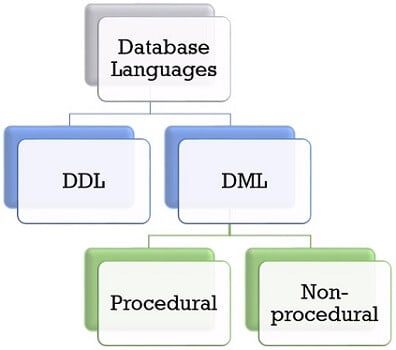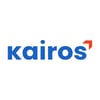This articles contains -
1. Database Language
2. What is Database Architecture?
3. Tier-1 Architecture
4. Tier-2 Architecture
5. Tier-3 Architecture
6. n-Tier
7. Data Tier
8. Application Tier
9. User Tier
Hi-ya 🖐 , how's it going ; I hope you must have gone through my recent article. I hope you have idea 💡 about database language :- DDL DML ,TCL if not ; let's us revise again.

DDL
defines the statements to implement the database schema. If a clear separation between a logical (conceptual) and a physical (internal) level is not there, then DDL defines both the logical and physical schema and it also defines the mapping between logical and physical schema.
If there is a clear separation between the logical and physical schema, then the storage definition language (SDL) is used to define the physical schema.
*Operations within DDL *
CREATE -->
Construct a relational(table) in db.
ALTER -->
Reconstructs the data in database
DROP -->
Deletes the a relation in db or entire db.
TRUNCATE -->
Deletes all the entries from relation but keeps the relational structure safe.
RENAME -->
Renames the db.
DML
Data Manipulation Language has a set of statements that allows users to access and manipulate the data in the database. Using DML statements user can retrieve, insert, delete or modify the information in the database.
Some of the statements of DML :
SELECT -->
Reads & pull out the records from the database.
INSERT -->
Adds new record in the existing database.
UPDATE -->
Modifies the data in database.
DELETE -->
Deletes the records in database.
TCL
TCL stands for Transaction Control Language. This command is used to manage the changes made by DML statements. TCL allows the statements to be grouped together into logical transactions.
Some of the statements of DML :
COMMIT ✔️-->
COMMIT command saves all the work done.
It ends the current transaction and makes permanent changes during the transaction.
SAVEPOINT 🚩 -->
SAVEPOINT command is used for saving all the current point in the processing of a transaction.
It marks and saves the current point in the processing of a transaction.
ROLLBACK 🔄 -->
ROLLBACK command restores database to original since the last COMMIT.
It is used to restores the database to last committed state.
SET TRANSACTION -->
SET TRANSACTION is used for placing a name on a transaction. You can specify a transaction to be read only or read write. This command is used to initiate a database transaction.
Done ! We have now grasped the important concept of Database Language.
The design of a DBMS depends on its architecture. It can be centralized or decentralized or hierarchical. The architecture of a DBMS can be seen as either single tier or multi-tier. DBMS are divided into multiple modules for better functioning. DBMS makes use of the fundamental concept of client-server architecture. In this type of model, the servers distribute the internet services and system solutions to the requested clients.
One-Tier Architecture
- In one tier Client/Server architecture programmer can directly work on the DBMS.
- Changes will be reflected directly.
- Eg. SysOps
Two-tier Architecture
- Two-way DBMS system.
- Unlike the one-tier architecture, the end-user can establish a direct connection with the database using APIs.
- For this, ODBC (Open Database Connectivity) drivers are used. These drivers create an interface between the database (present on the server-side) and application program (present on the client-side).
- Once the client/server connection is secured, DBMS functionalities are ready to use.
- The user can now operate, manipulate, or optimize data.
Three-Tier Architecture
- Sandwiched Layer between Client-Server.
- This intermediate layer is called the Application Layer
- Responsible for storing connectivity software and holds data transfer limitations.
- For users , application tier is conceptual layer .
This architecture has different usages with different applications. It can be used in web applications and distributed applications. The strength in particular is when using this architecture over distributed systems.
- Data Tier : Here , data resides along its query processing language.
- Application Tier : Here , resides the application server and programs that access the db. End-users are unaware.
- User Tier : End-user operate on this layer.
I hope, we have covered almost every topic mentioned above in this contents.
With this article we have accomplished the Introduction to DB wala part ! Hope , this articles are good enough to feed your
hunger!
From now onwards , we going to dig dipper into the concepts of #DBMS.








Top comments (0)